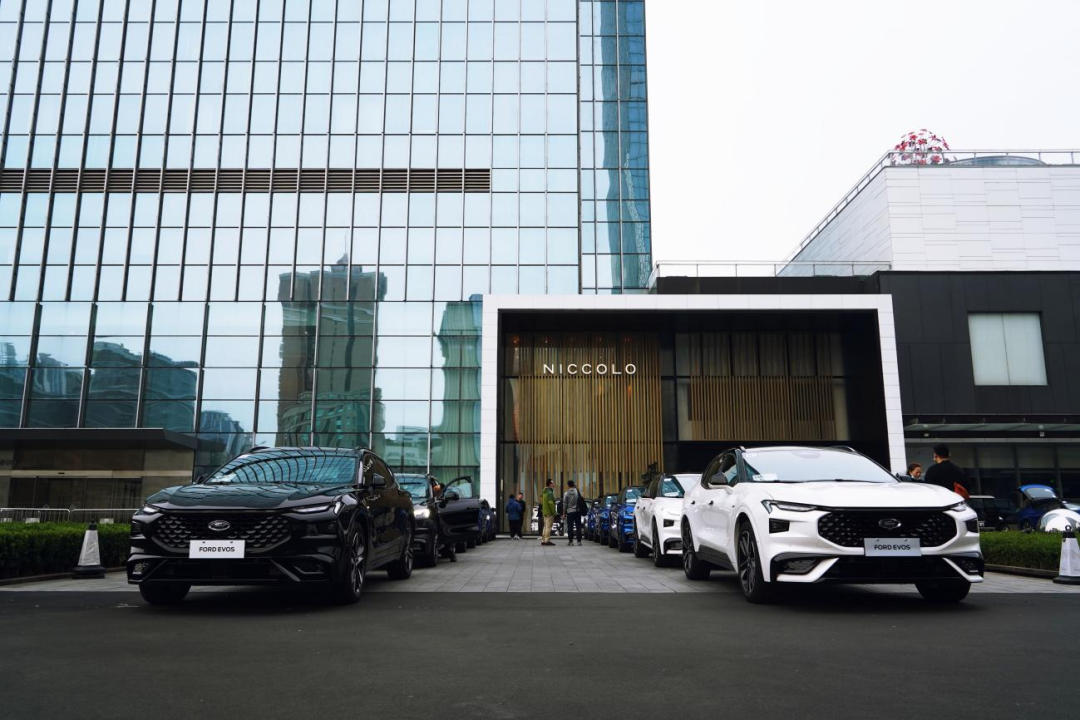“EVOS is our new starting point.” This is the first sentence spoken by the CEO of Changan Ford, Xiaoqing He, at the sharing session.
Since Ford sold over 90,000 vehicles per month in China in 2017, its sales have been declining and its growth rate has not outpaced the overall market. The root cause lies in the long cycle of model updates and the lack of distinctive and popular products. Additionally, dramatic changes have occurred in the automotive industry over the past few years, with luxury brand prices repeatedly dropping and domestic brands rising, as well as various types of electric vehicles and new species emerging. When combined, these factors have severely squeezed the market share of Changan Ford. Ultimately, adjusting its own business model was once a major challenge.
In a rapidly changing market, timely changes are needed to win in the future. However, for traditional car companies, it takes a short time to establish a capacity-building system, control battery safety, control vehicle costs, etc. Without proper handling of the details in product development and operations, severe damage can be caused to the brand and customers. Thus, completely transforming to an electric route is a difficult task.
But, does this mean that the century-old development of fuel tanks is being abandoned?
In Ford’s view, only by tapping into the development vision of electric cars and combining its own brand’s existing traditional advantages, can new breakthroughs be found in the market. The ideal car is the combination of tradition and intelligence. EVOS was born by empowering traditional fuel-powered cars with “intelligence.” EVOS not only preserves the traditional car’s power form but also creatively developed intelligent cabin, human-machine interaction, and intelligent driving. By inheriting the advantages of these innovations and promoting them, Ford has found a new business model and welcomed a moment for renewal.
In October, EVOS met unexpectedly with Changsha. The cool cross-border body attracted many people to stop and watch, and its forward-leaning and dynamic design has a strong visual impact. The Mustang and EVOS share similar body shapes, with muscle-like fullness and strong downward lines, especially when viewed from the side.
EVOS also has a sense of ceremony. When the owner approaches the vehicle, the 3D scale pieces on the front grille gradually begin to undulate, and the lights turn on from the outside to the inside, and the hidden door handle pops out, etc. Ford calls this design concept “potential energy aesthetics.” Who will pay to pursue this type of quality and future sensation on EVOS, and what are the commonalities that this group seeks on EVOS?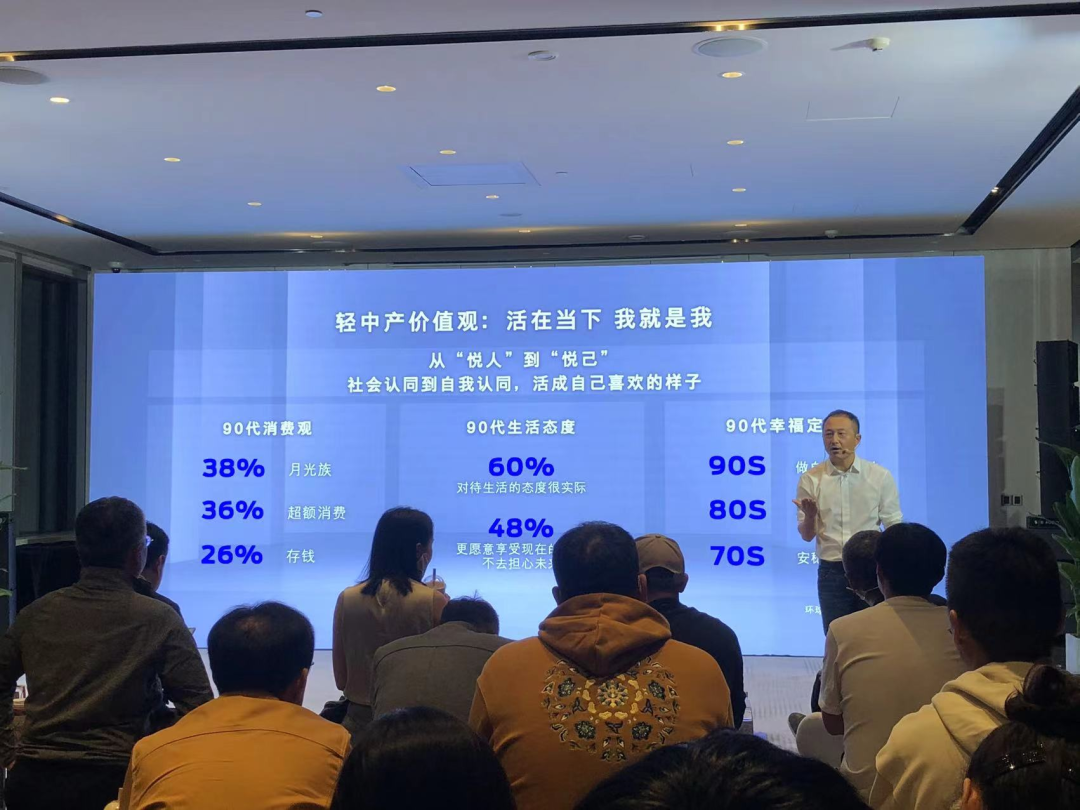
Nowadays, post-90s generation has a strong consumption potential in the market. With the penetration of new consumption culture, post-90s pursue more personalized brands according to their own understanding of “beauty”. This matches EVOS’ concept of being a “smart travel partner”, transforming cars from symbols of identity to representations of aesthetics, personality, and lifestyle, elevating pure mechanical carriers to partners that can express “love”.
It connects the emotions between people and cars. The sense of satisfaction on the psychological level when users choose EVOS is the intrinsic commercial value of the product itself. From the emotional marketing perspective, Changan Ford has maintained the core image of the brand while embracing new consumer groups, making Ford, a century-old brand, become younger.
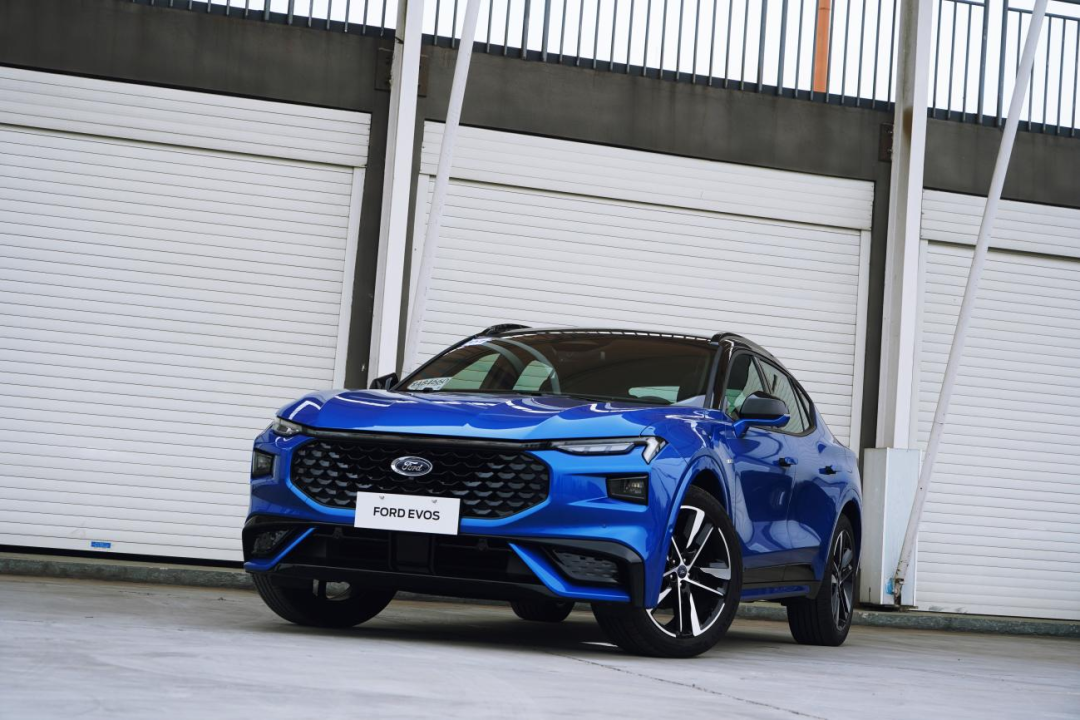
High appearance and high quality are the criteria Changan Ford set for EVOS. A car length of 4920mm and a wheelbase of 2945mm are good enough in terms of space performance, but these aspects cannot be considered as “future modes”. The true profound innovation lies in the intelligent cockpit and human-machine interaction.
As a China-exclusive model, Ford has observed that there are many needs for driver and passenger cooperation and interaction in the domestic family travel scene. Therefore, a panoramic screen that spans the entire dashboard in a “1+2” arrangement has been installed in the cockpit.
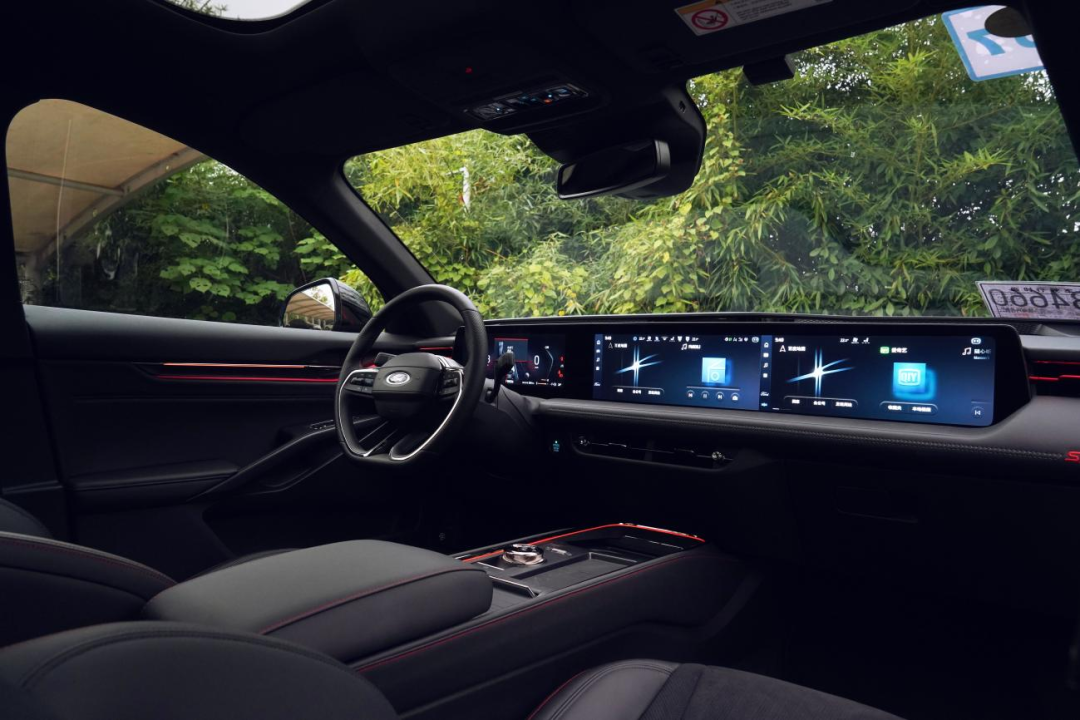
The car’s ultra-wide 1.1-meter high-definition screen is formed by a 12.3-inch full-color digital instrument panel and a 27-inch 4K high-definition combined screen for center control and the passenger seat. How to clearly depict its length? One can imagine 13 6.7-inch smartphones arranged in a row to get a sense of it.
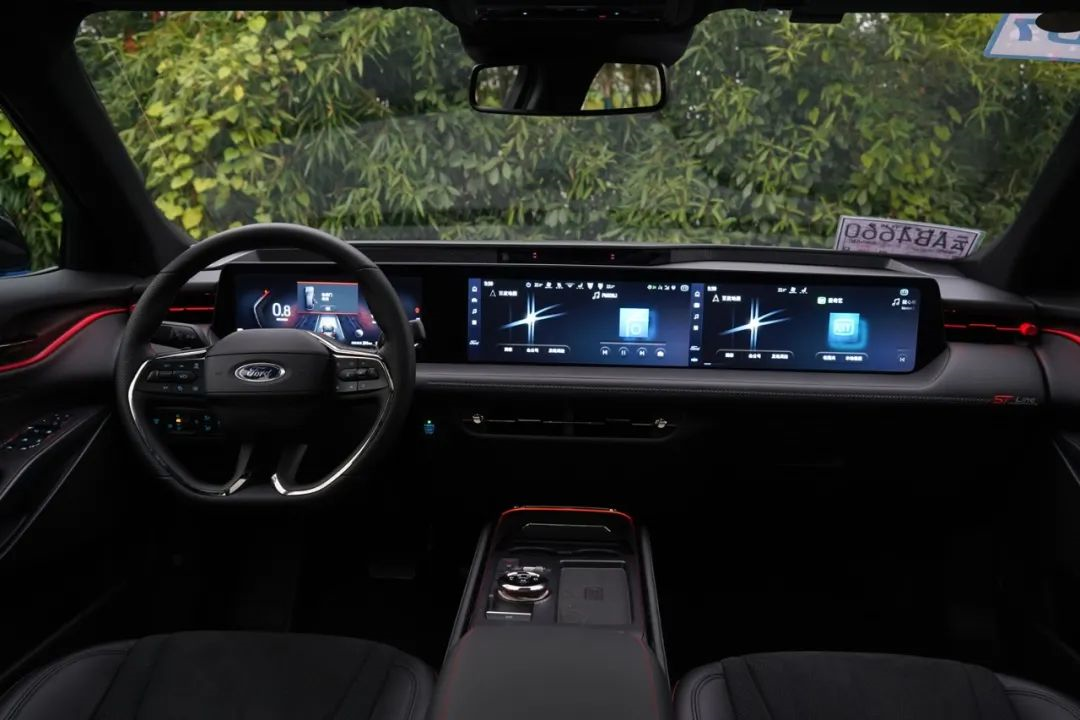
Ford has put a lot of thought into this huge screen. The instrument panel displays the core driving information, while the screens in front of the center control and passenger seats display other task information or immersive audio-visual experiences. Considering the need for driver and passenger cooperation and interaction, the vehicle status displayed on the instrument panel can be shared with the screens in front of the passenger seat, and the passenger can also share information with the driver display. The passenger’s side is not just for “self-entertainment”, but also has a deeper logic of joint driving pleasure.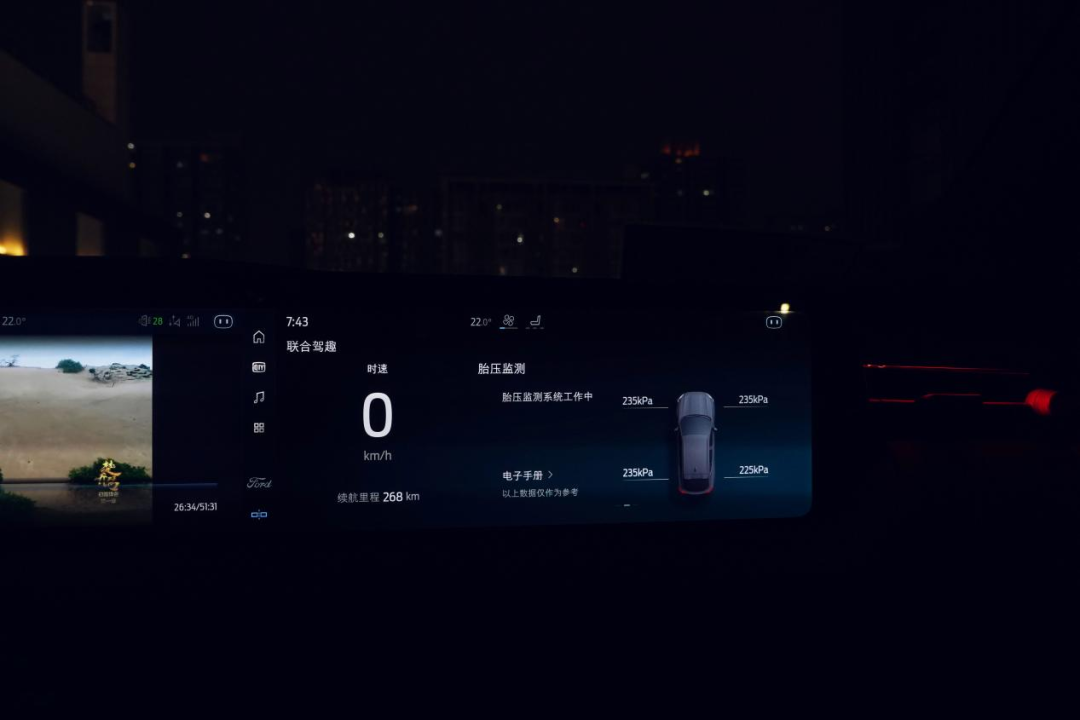
Eight card-style taskbars are horizontally arranged with a mainly deep blue color scheme, dotted throughout the homepage. Once inside a taskbar, the layout remains in card style, and the control names are very intuitive, requiring no further time or effort to fully understand.
Apart from the steering wheel area, EVOS has eliminated most physical buttons in the central control area. Ventilation, heating, air conditioning, etc., are all integrated above the central control screen. Sliding down this area, similar to a phone, will bring up volume, brightness and other control information. The overall smoothness and screen quality are impeccable, smooth as silk.
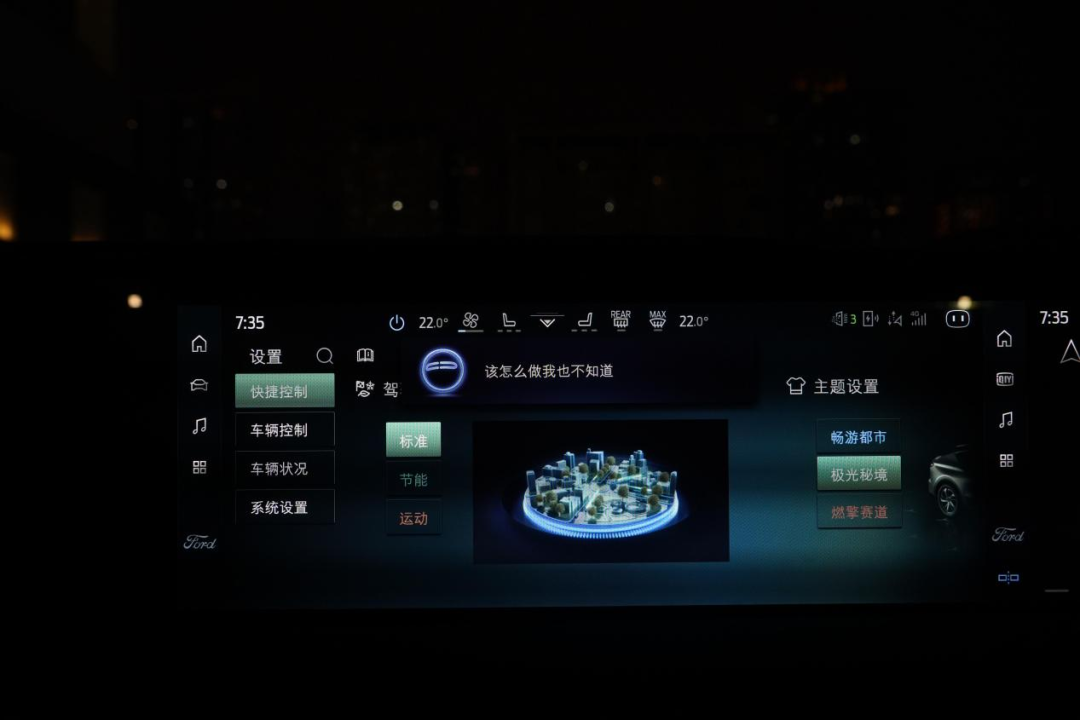
The all-in-one 4K screen offers more ways to play. In split-screen mode, the central control screen and co-driver screen are independent of each other, not interfering. Of course, the second way is full screen, clicking the expand button, and the operation interface will unfold like a scroll, the current central control interface being the primary display, extending to the right.
Using navigation as an example, in full-screen mode, the display shows a wider range and more surrounding information. Although it looks stunning, full-screen navigation is not user-friendly when actually driving. The oversized map causes the center to shift, making the coordinate points closer to the co-driver’s position, and the driver needs more visual angles to capture the coordinate points.
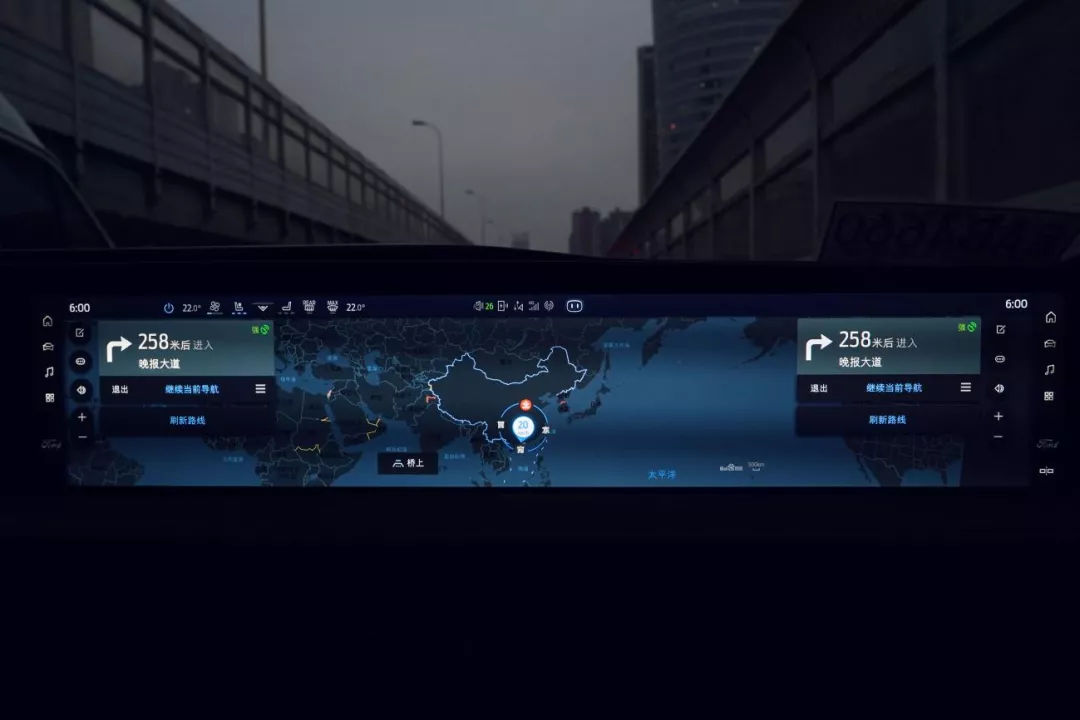
After several years of flashing and moving around, Ford China and Baidu brought SYNC + into the 2.0 era, and “understands you in a second” became a business indicator of Ford’s “Blue Friend”. In the “confrontation” with it, the “Blue Friend” does not respond mechanically, but has an inherent warmth embedded in the interaction process, like having someone to chat with casually. Mixed Chinese and English, special searches, and access to entertainment resources can all be completed accurately and quickly.
Due to the FNV intelligent interconnect architecture that EVOS is equipped with, electronic and electrical systems are interconnected, and hardware functions can be opened via voice control instructions, such as the sunroof, ambient lighting, and seats. However, for safety considerations, it’s unclear why the car window cannot be controlled using voice commands.
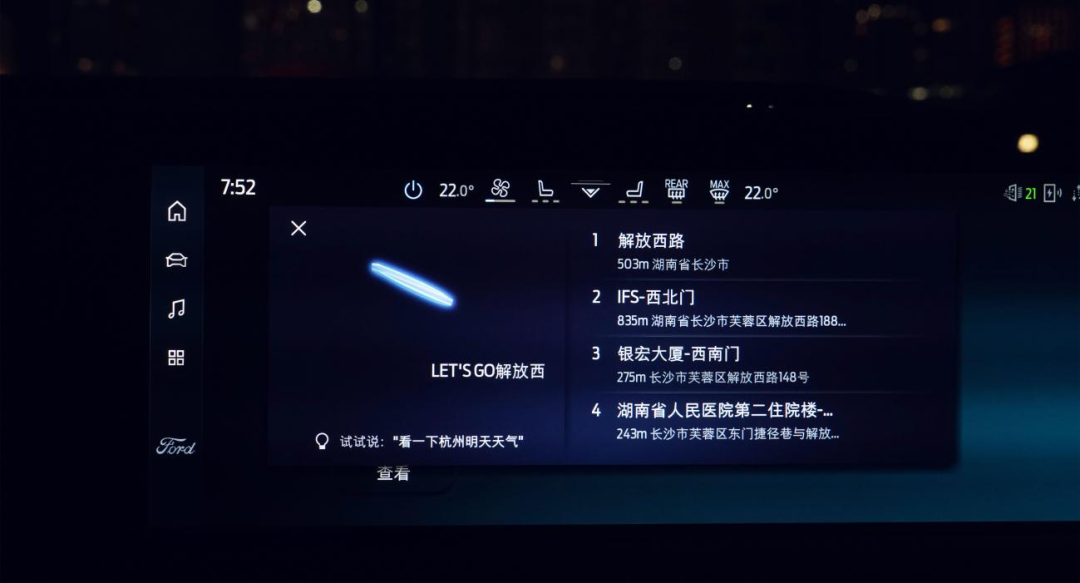
This SYNC+2.0 Intelligent Connectivity System introduces a variety of top-notch audio and video resources, such as iQiyi, QQ Music, Ximalaya, etc. Although these applications are sufficient, they may become boring over time. Therefore, it is hoped that more entertainment applications can be added during the FOTA to enrich the fun of the cabin.
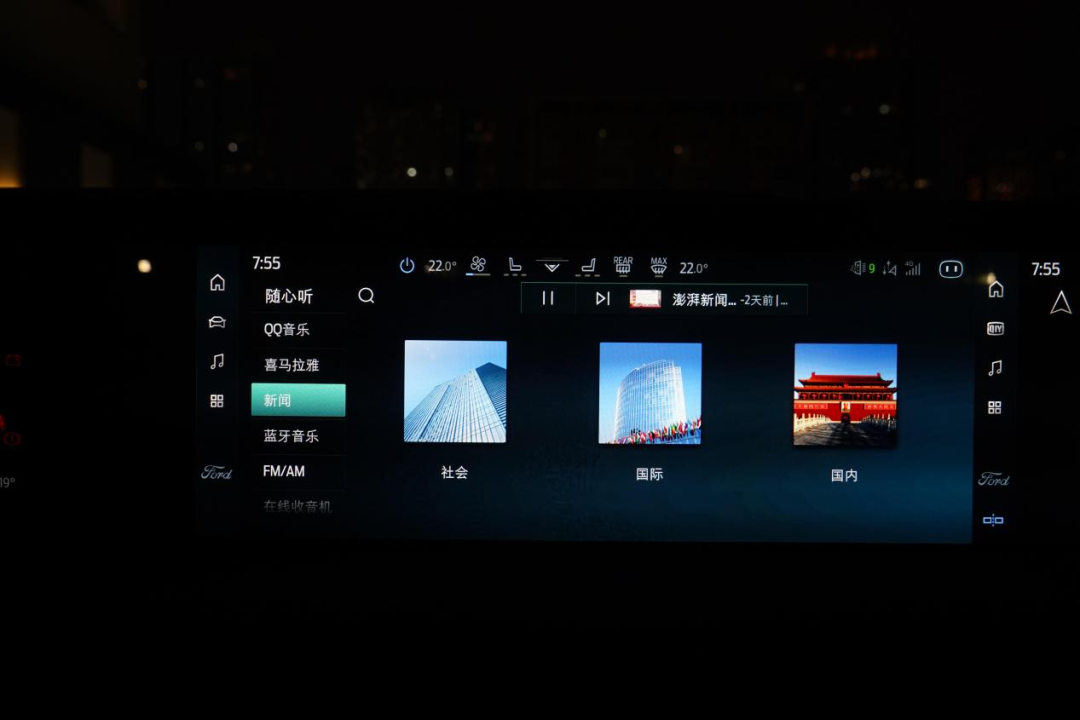
In addition to the cabin experience, Ford’s BlueCruise autonomous driving assistance function is also a highlight. This intelligent driving assistance has the experience of real road tests of 1.1 million kilometers worldwide, and safety and stability can be guaranteed.
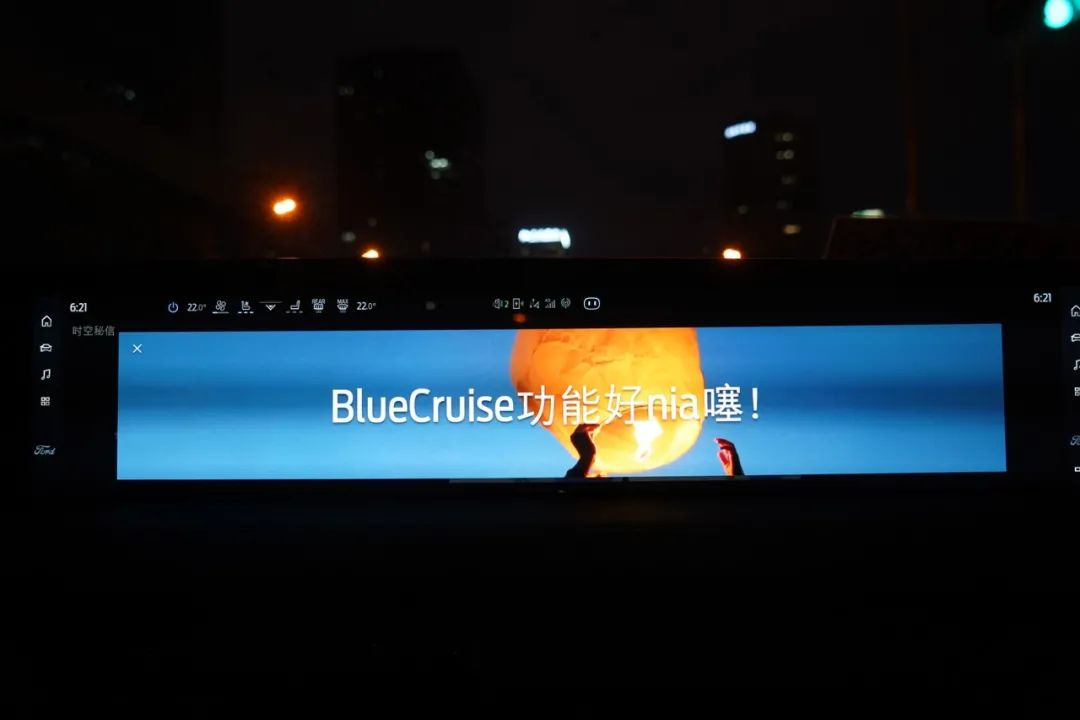
However, in actual experience, the steering wheel was not reminded to take over after being released for about 40 seconds, which still raises some “concerns”.
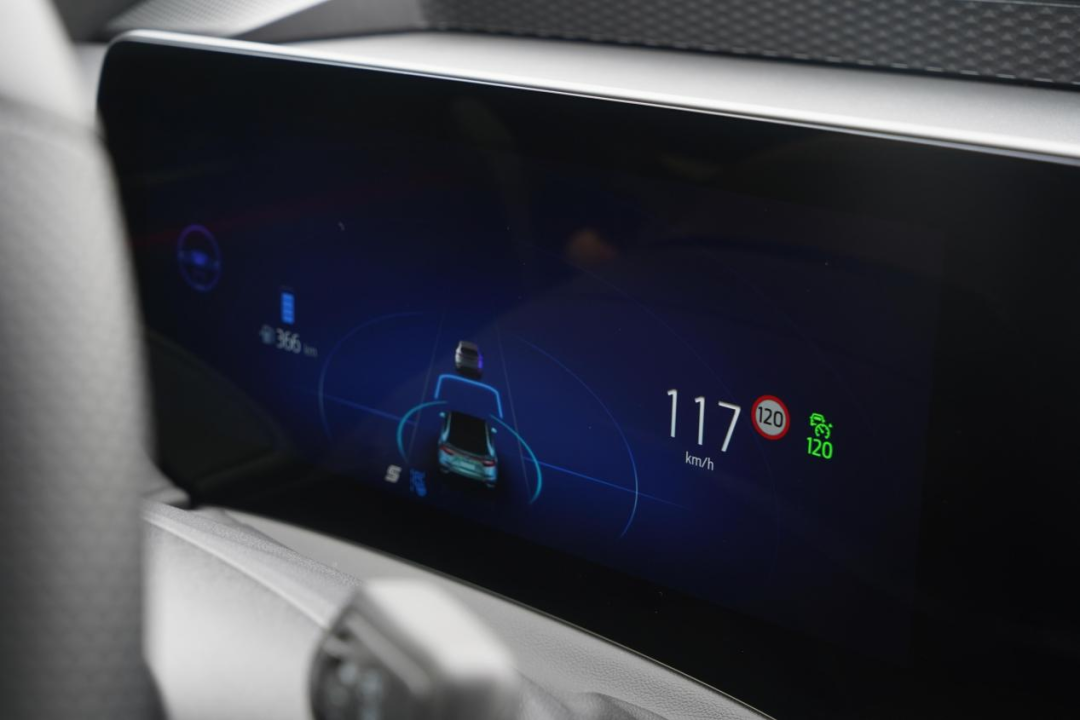
Overall, the EVOS is more like a “treasure boy”. It has many highlights, such as real-time AR navigation, B&O sound system, 2.0T+8AT, and vehicle-road coordination, etc. In fact, the underlying logic of the brand is simple, to refresh users’ cognition of the new system, to make EVOS a benchmark that follows the trend, to match with the actual products that cater to the audience and to complement Ford’s century-old historical accumulation. Therefore, this car is definitely worth paying attention to.
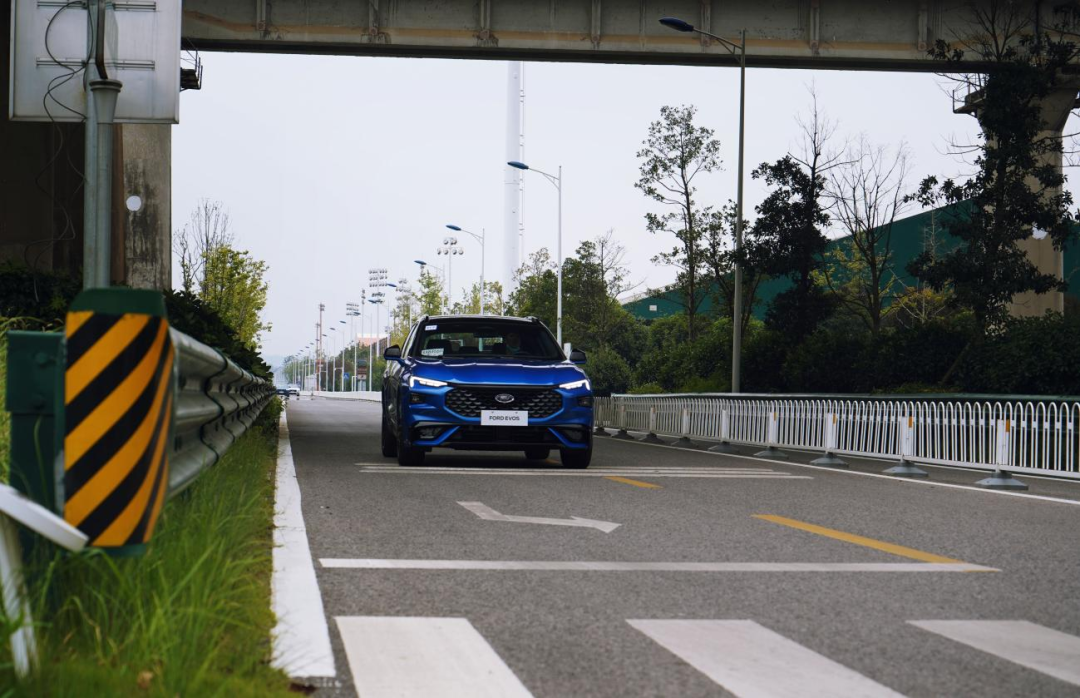
This article is a translation by ChatGPT of a Chinese report from 42HOW. If you have any questions about it, please email bd@42how.com.
